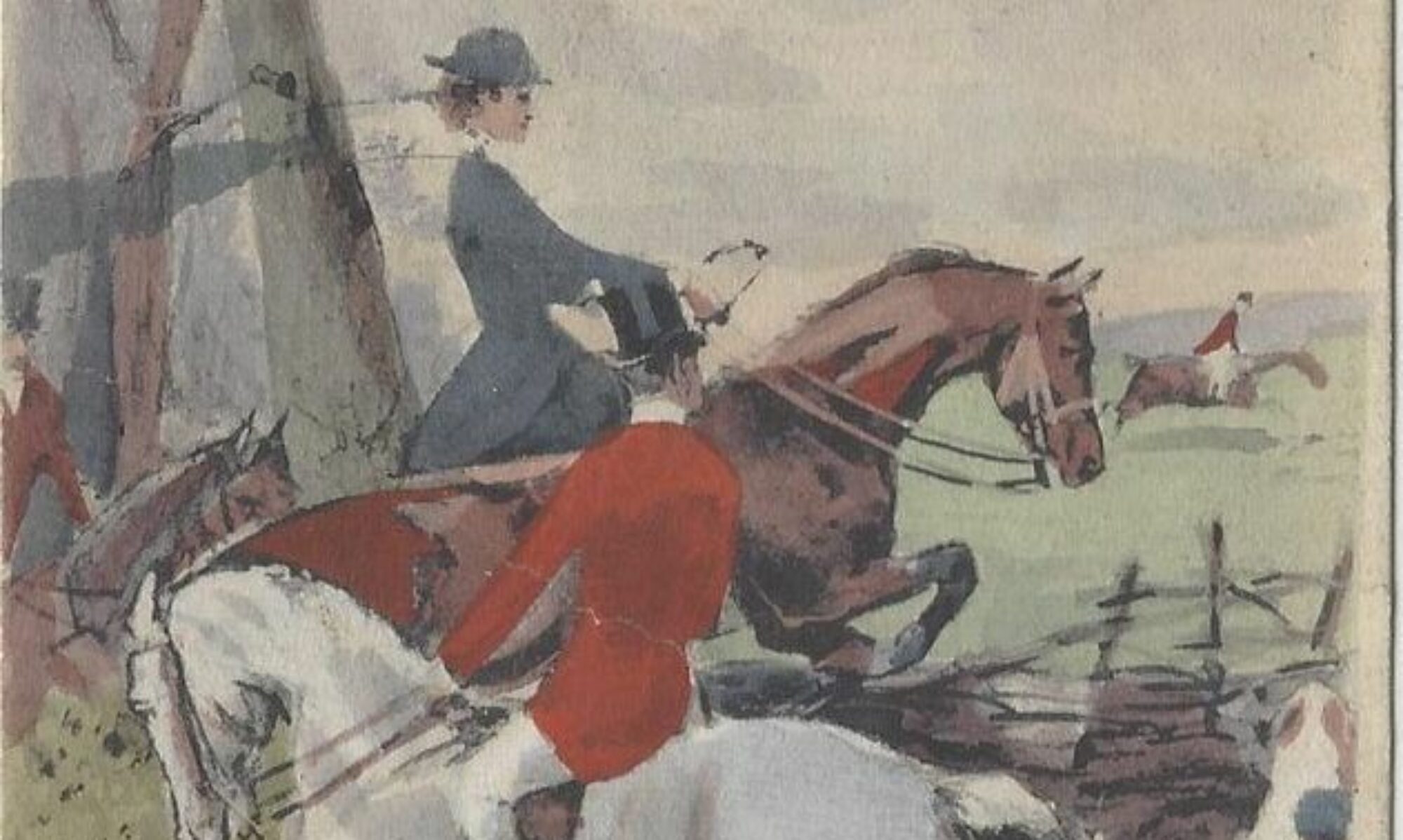The KwikReader course that I am working through has some elements of both the ADDIE and the Dee Fink models. It also utilizes the steps in Gagne’s nine events of instruction. The program used the first step in the ADDIE model- Analysis — This phase involves clarifying the instructional problem, establishing the instructional goals and objectives, and identifying the learning environment and the learner’s existing knowledge and skills (Bates, 2015). The program has done a great job of using analysis to target the learning population likely to be interested in this course; they have employed the concept to assess learners’ prior knowledge and characteristics (Bates, 205). This analytic foundation has provided an approach focusing on a very narrow learning outcome and then building on how to ensure the learner can meet that outcome. Due to this focused analytical framework, the design is also focused and follows the “D” in the ADDIE instructional design model by using the data gathered by the first phase to design a course that has specific course material unique to the course and that supports the learner to meet the learning outcomes successfully. This course also relies heavily on Gagne’s theory by grabbing the learners’ attention, summarizing course goals, linking previous knowledge to new skills/knowledge learned, and teaching the lessons in segments that allow the learners to practice and measure success as they go along (Arshaskiy, 2016).
I suspect this design model was chosen for its simplicity and because it is a proven method for designing content with clear learning objectives that align with structured content (Bates, 2015). The KwikReader program has many associated learning programs, and using the ADDIE method probably made it easier to develop other programs using a “cookie cutter” type approach to the design. The ADDIE model is a valuable tool to support the management and production of courses with the same quality or standards (Bates, 2015).
The KwikReader program is a bit “gimmicky” and might put some people off because of a definite “sales pitchy” vibe. Still, it follows good course design theory, and there are many current subscribers, so I think the designers have done their job well.
Arshavskiy, M. (2016). Leveraging Gagné’s nine events of instruction . Retrieved from https://elearningindustry.com/leveraging-gagnes-nine-events-of-instruction
Bates, A.W. (2015). The ADDIE model. In Teaching in a digital age: Guidelines for designing teaching and learning Vancouver BC: Tony Bates Associates Ltd. Retrieved from https://opentextbc.ca/teachinginadigitalage/chapter/6-5-the-addie-model/ CC BY-NC 4.0


Hi Debra,
Thanks for your analysis – it was interesting to see what elements of the design models are visible to the learner. In your post you noted that it the desingers used “analysis to target the learning population likely to be interested in this course; they have employed the concept to assess learners’ prior knowledge and characteristics” – and it made me curious about what kinds of activities and/or strategies they used to assess prior knowledge…are they using quizzes and then adapting the content, or are there other strategies? I was also curious about what kinds of activities they used to grab attention and then get learners to assess where they are. It is always interesting to see what kinds of activities are being used, and how well they work! Thanks, Michelle
Hi Michelle,
The assessment of prior knowledge comes from reading drills and timed reading assessments. In my opinion, this both assesses and grabs the learner as reading is something we have all probably been doing since we were five and seeing our speed compared to others is interesting. Timing our reading to get a baseline and suggesting that if we follow the lessons and do the drills, we will increase speed by 40% or more is exciting. The lessons have a fair bit of psychoeducational information about how our brains process, and this appeals to me as someone interested in the brain, so this also grabbed my attention.